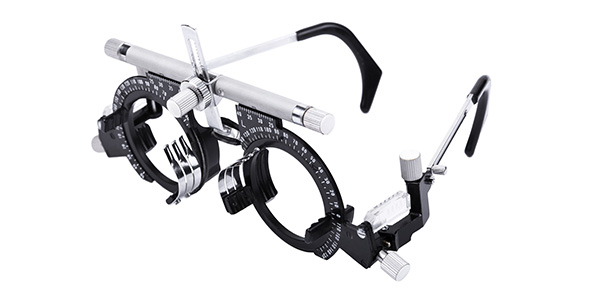Related Flashcards
Related Topics
Cards In This Set
| Front | Back |
|
Why does hemolysis occur more frequently during dermal punctures?
|
*Excessive squeezing of the puncture site ("milking")
*Newborns have increased numbers of RBCs and RBC fragility *Residual alcohol at the site *Vigorous mixing of micro-collection tubes |
|
Capillary blood is a mix of and most closely resembles .
|
Capillary blood is a mixture of venous blood and arterial blood and most closely resembles arterial blood.
|
|
Warming the site before a dermal puncture increases what?
|
Blood flow by as much as seven-fold.
|
|
The concentration of glucose is in blood obtained from dermal puncture.
|
Higher, glucose is more concentrated in blood obtained from dermal puncture.
|
|
Concentrations of potassium, total protein, and calcium are in blood collected from dermal puncture.
|
Lower.
|
|
If a dermal puncture is performed, this factor should be .
|
Documented on the requisition form.
|
|
Define ecchymoses
|
Bruising
|
|
The CLSI (Clinical and Laboratory Standards Institute) recommends that the incision depth should
in a device for heelsticks. |
Not exceed 2.0 mm.
|
|
Where is the vascular area of the skin?
|
At the juncture between the dermis and subcutaneous tissue.
|
|
Capillary tubes are also commonly referred to as .
|
Microhematocrit tubes
|
|
Microhematocrit tubes that are heparinized are and plain tubes are .
|
1) Red, 2) Blue
|
|
Microcollection tubes collect about and are color coded .
|
1) 600 microliters, 2) in the same way as evacuated tubes
|
|
A primary danger in dermal puncture is , which can can .
|
1) Accidental contact with the bone, 2) infection (osteomyelitis) or inflammation (osteochondritis).
|
|
The primary dermal puncture sites are where?
|
The heel and distal segments of the third and fourth fingers.
|
|
The heel is used for dermal punctures on because it contains more tissue than fingers, but is not calloused.
|
Infants younger than 1 year old.
|





